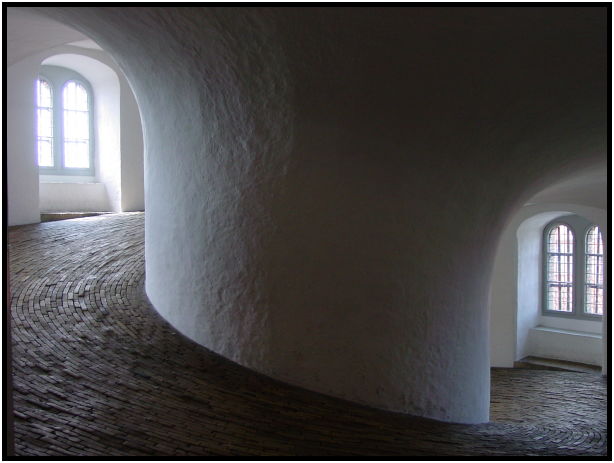fjk61011
Veteran Member
I'm reading this, got from minus zero degrees.
I'm finding it difficult to interpret the tableLooks like that manual is for a different BIOS version, so the drive table they list might be different. You might be better with the free format option they show, or you can use a tool like sstor with the /romlist switch to read the table from the bios.
i'm waiting on a hospital result so I'm doing the formating to pass the timeIf it were me I' wouldn't waste any more time and go for an alternative solution. No more head ache then.
That will be the BIOS ROM on the 5150CRH controller displaying that.Post says 1 hard drive,
Because this is an XT-class computer, SpeedStor will display "(system given Params.)" below the 'Manufacturer/Model' heading.i've downloaded speedstor
I'm not sure what xx in the w6 jumpers meansThat will be the BIOS ROM on the 5150CRH controller displaying that.
Because this is an XT-class computer, SpeedStor will display "(system given Params.)" below the 'Manufacturer/Model' heading.
The information (cylinder count, head count, etc.) to the right of that, are what the 5150CRH controller has been configured for.
If those do not match those of an ST-225, then you need to reconfigure the controller via the jumpers (then redo low-level formatting, etc.)
Is the W6 jumper table the same as the cxd03 bios?I have this exact same DTC card with the same BIOS. Two of them, actually. Different revisions with the same BIOS, wonder if there's any functional difference.


